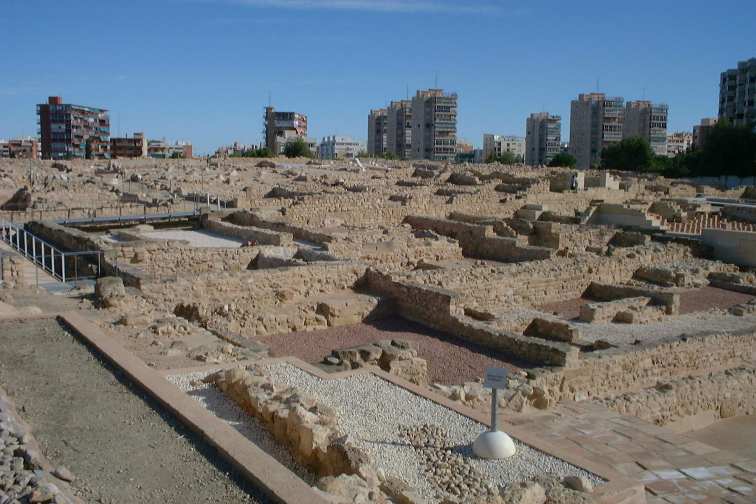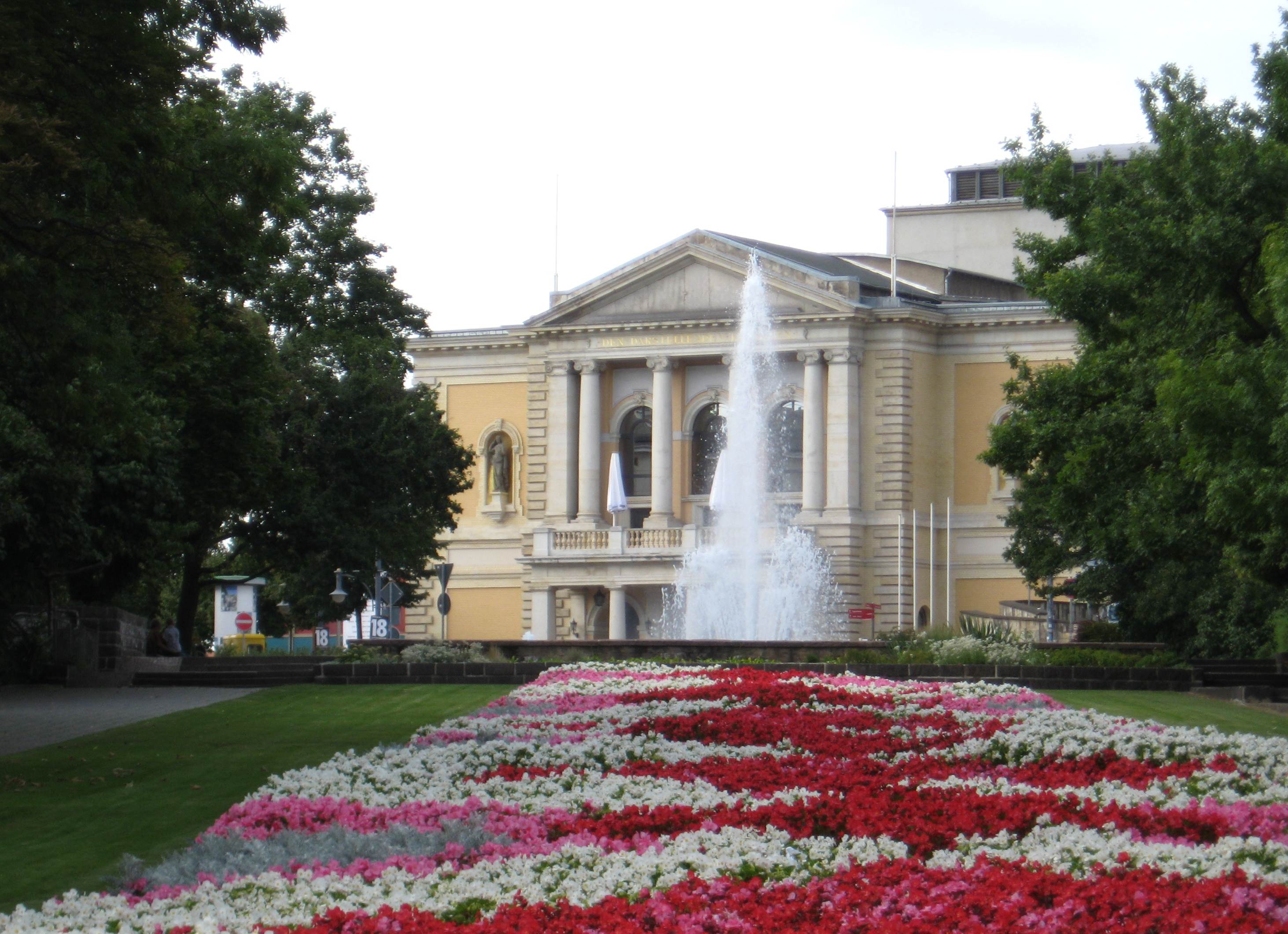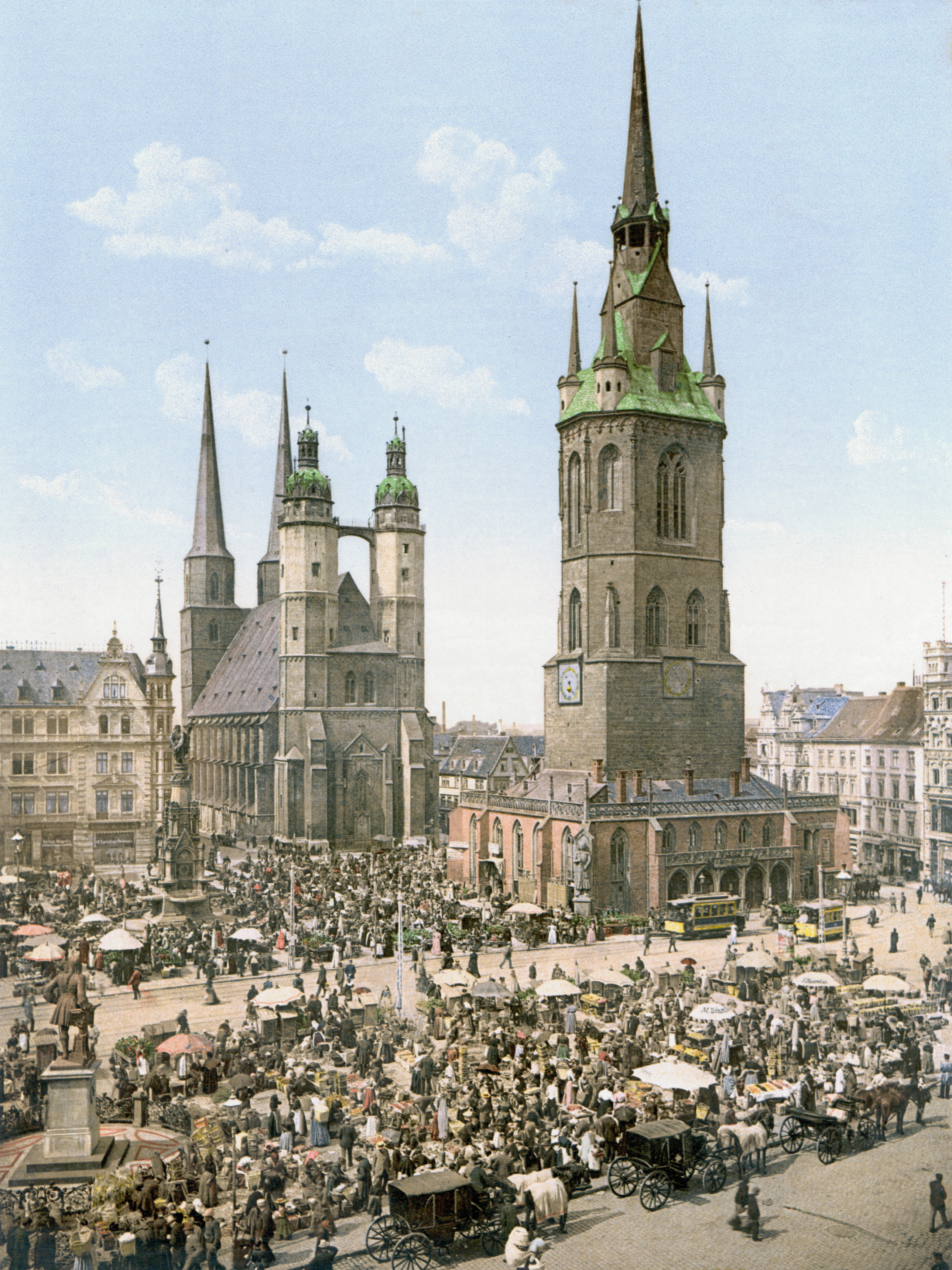|
Paloma Navares
Paloma Navares (born 1947) is an interdisciplinary Spanish artist who combines sculpture, photography, video and audio in her installations. Recurring themes in her work are the feminine condition, the historical representation of women through art, the critical analysis of the canon, madness, beauty and aging. Biography Navares was born in Burgos, Spain. She lives and works in Madrid and Alicante in Spain. In 1985-1986 she created ''Seravan; A Song for a Fallen Tree'' and ''Origin and Moonlit Nights'' which were mainly exhibited in art centers and museums in Europe. In 1997-98 she did the scenery design for ''The House of Forgetfulnes''s and ''Bodies of Shadow and Light'' with the company Lanonima Imperial. In 2004 she did a scenery design project for the opera ''Juana'' by Enric Palomar, first performed in 2005 at the Halle Opera House, Opera House in Halle (Saale), Halle. Since she began her art career in 1979 she has exhibited in more than one hundred venues around the wor ... [...More Info...] [...Related Items...] OR: [Wikipedia] [Google] [Baidu] |
Paloma Navares En Arco92
Paloma may refer to: Arts and media * "Paloma", a song by Mika from ''My Name Is Michael Holbrook'' (2019) * Paloma (film), ''Paloma'' (film), a 2022 film by Brazilian director Marcelo Gomes (director), Marcelo Gomes * Paloma (novel), ''Paloma'' (novel), by Kristine Kathryn Rusch * Paloma (TV series), ''Paloma'' (TV series), a 1975 Mexican TV series, or telenovela People * Paloma (name) Places in the United States * Paloma, California, an unincorporated community in Calaveras County, California * Paloma, Illinois, an unincorporated community * Paloma Elementary School District, Maricopa County, Arizona Other uses * Hurricane Paloma, a hurricane in the 2008 Atlantic hurricane season * Paloma (cocktail), a popular tequila-based cocktail * , a Japanese gas appliance manufacturer, owner of the Australian Rheem Manufacturing Company * USC Paloma, a football team based in Hamburg, Germany * , a yacht converted into an armed patrol boat for World War I See also * "Cucurru ... [...More Info...] [...Related Items...] OR: [Wikipedia] [Google] [Baidu] |
Burgos
Burgos () is a city in Spain located in the autonomous community of Castile and León. It is the capital and most populated municipality of the province of Burgos. Burgos is situated in the north of the Iberian Peninsula, on the confluence of the Arlanzón river tributaries, at the edge of the central plateau. The municipality has a population of about 180,000 inhabitants. The Camino de Santiago runs through Burgos. Founded in 884 by the second Count of Castile, Diego Rodríguez Porcelos, Burgos soon became the leading city of the embryonic County of Castile. The 11th century chieftain Rodrigo Díaz de Vivar (''El Cid'') had connections with the city: born near Burgos, he was raised and educated there. In a long-lasting decline from the 17th century, Burgos became the headquarters of the Francoist proto-government (1936-1939) following the start of the Spanish Civil War. Declared in 1964 as Pole of Industrial Promotion and in 1969 as Pole of Industrial Development, t ... [...More Info...] [...Related Items...] OR: [Wikipedia] [Google] [Baidu] |
Madrid
Madrid ( , ) is the capital and most populous city of Spain. The city has almost 3.4 million inhabitants and a metropolitan area population of approximately 6.7 million. It is the second-largest city in the European Union (EU), and its monocentric metropolitan area is the third-largest in the EU.United Nations Department of Economic and Social AffairWorld Urbanization Prospects (2007 revision), (United Nations, 2008), Table A.12. Data for 2007. The municipality covers geographical area. Madrid lies on the River Manzanares in the central part of the Iberian Peninsula. Capital city of both Spain (almost without interruption since 1561) and the surrounding autonomous community of Madrid (since 1983), it is also the political, economic and cultural centre of the country. The city is situated on an elevated plain about from the closest seaside location. The climate of Madrid features hot summers and cool winters. The Madrid urban agglomeration has the second-la ... [...More Info...] [...Related Items...] OR: [Wikipedia] [Google] [Baidu] |
Alicante
Alicante ( ca-valencia, Alacant) is a city and municipality in the Valencian Community, Spain. It is the capital of the province of Alicante and a historic Mediterranean port. The population of the city was 337,482 , the second-largest in the Valencian Community. Toponymy The name of the city echoes the Arabic name ''Laqant'' () or ''al-Laqant'' (), which in turn reflects the Latin ''Lucentum'' and Greek root ''Leuké'' (or ''Leuka''), meaning "white". History The area around Alicante has been inhabited for over 7000 years. The first tribes of hunter-gatherers moved down gradually from Central Europe between 5000 and 3000 BC. Some of the earliest settlements were made on the slopes of Mount Benacantil. By 1000 BC Greek and Phoenician traders had begun to visit the eastern coast of Spain, establishing small trading ports and introducing the native Iberian tribes to the alphabet, iron, and the pottery wheel. The Carthaginian general Hamilcar Barca established the fortif ... [...More Info...] [...Related Items...] OR: [Wikipedia] [Google] [Baidu] |
Enric Palomar
Enric Palomar (Badalona-Barcelona 1964) is a Catalan composer. He studied at the Barcelona Conservatory and completed his training under Benet Casablancas and Joan Albert Amargós. His piece Interludio Alegórico (tribute to Claude Debussy) received an honourable mention in the Xth Composition Awards organized by the Catalan Government. He has written numerous chamber works for different ensembles and soloists, including the operas Ruleta, with a libretto by Anna Maria Moix and Rafael Sender, premiered at Mercat de les Flors, Barcelona, in 1998 and Juana, based on the life of Juana I of Castile, with a libretto by Rebecca Simpson, premiered at Oper Halle, Germany, in 2005, and performed afterwards at the Teatre Romea, Barcelona, and Staatstheater Darmstadt, Germany. The Opera House of Barcelona, the Gran Teatre del Liceu, commissioned him to compose La cabeza del Bautista, based on the play of the same name by Ramón Maria del Valle-Inclán. It will be premiered on 20 April 200 ... [...More Info...] [...Related Items...] OR: [Wikipedia] [Google] [Baidu] |
Halle Opera House
The Halle Opera House () is an opera house in Halle, Saxony-Anhalt. Originally named the Halle Town Theatre (), the theatre was built in 1886. A bomb attack on 31 March 1945 destroyed much of the original building. Restorative work ensued a few years later, and the theatre reopened in 1951 under the name Landestheater Halle. In January 1992 it was renamed to its current title. The theatre is currently used for performances of opera, ballet, and orchestral concerts. It is also the main performance venue for the annual summer Handel Festival George Frideric (or Frederick) Handel (; baptised , ; 23 February 1685 – 14 April 1759) was a German-British Baroque composer well known for his operas, oratorios, anthems, concerti grossi, and organ concertos. Handel received his training i ... held in the city. References External links * Music venues completed in 1886 Buildings and structures in Halle (Saale) Opera houses in Germany Ballet venues Theatres completed i ... [...More Info...] [...Related Items...] OR: [Wikipedia] [Google] [Baidu] |
Halle (Saale)
Halle (Saale), or simply Halle (; from the 15th to the 17th century: ''Hall in Sachsen''; until the beginning of the 20th century: ''Halle an der Saale'' ; from 1965 to 1995: ''Halle/Saale'') is the largest city of the German state of Saxony-Anhalt, the fifth most populous city in the area of former East Germany after ( East) Berlin, Leipzig, Dresden and Chemnitz, as well as the 31st largest city of Germany, and with around 239,000 inhabitants, it is slightly more populous than the state capital of Magdeburg. Together with Leipzig, the largest city of Saxony, Halle forms the polycentric Leipzig-Halle conurbation. Between the two cities, in Schkeuditz, lies Leipzig/Halle International Airport. The Leipzig-Halle conurbation is at the heart of the larger Central German Metropolitan Region. Halle lies in the south of Saxony-Anhalt, in the Leipzig Bay, the southernmost part of the North German Plain, on the River Saale (a tributary of the Elbe), which is the third longest rive ... [...More Info...] [...Related Items...] OR: [Wikipedia] [Google] [Baidu] |
Living People
Related categories * :Year of birth missing (living people) / :Year of birth unknown * :Date of birth missing (living people) / :Date of birth unknown * :Place of birth missing (living people) / :Place of birth unknown * :Year of death missing / :Year of death unknown * :Date of death missing / :Date of death unknown * :Place of death missing / :Place of death unknown * :Missing middle or first names See also * :Dead people * :Template:L, which generates this category or death years, and birth year and sort keys. : {{DEFAULTSORT:Living people 21st-century people People by status ... [...More Info...] [...Related Items...] OR: [Wikipedia] [Google] [Baidu] |
21st-century Spanish Women Artists
The 1st century was the century spanning AD 1 ( I) through AD 100 ( C) according to the Julian calendar. It is often written as the or to distinguish it from the 1st century BC (or BCE) which preceded it. The 1st century is considered part of the Classical era, epoch, or historical period. The 1st century also saw the appearance of Christianity. During this period, Europe, North Africa and the Near East fell under increasing domination by the Roman Empire, which continued expanding, most notably conquering Britain under the emperor Claudius ( AD 43). The reforms introduced by Augustus during his long reign stabilized the empire after the turmoil of the previous century's civil wars. Later in the century the Julio-Claudian dynasty, which had been founded by Augustus, came to an end with the suicide of Nero in AD 68. There followed the famous Year of Four Emperors, a brief period of civil war and instability, which was finally brought to an end by Vespasian, ninth Roman em ... [...More Info...] [...Related Items...] OR: [Wikipedia] [Google] [Baidu] |






